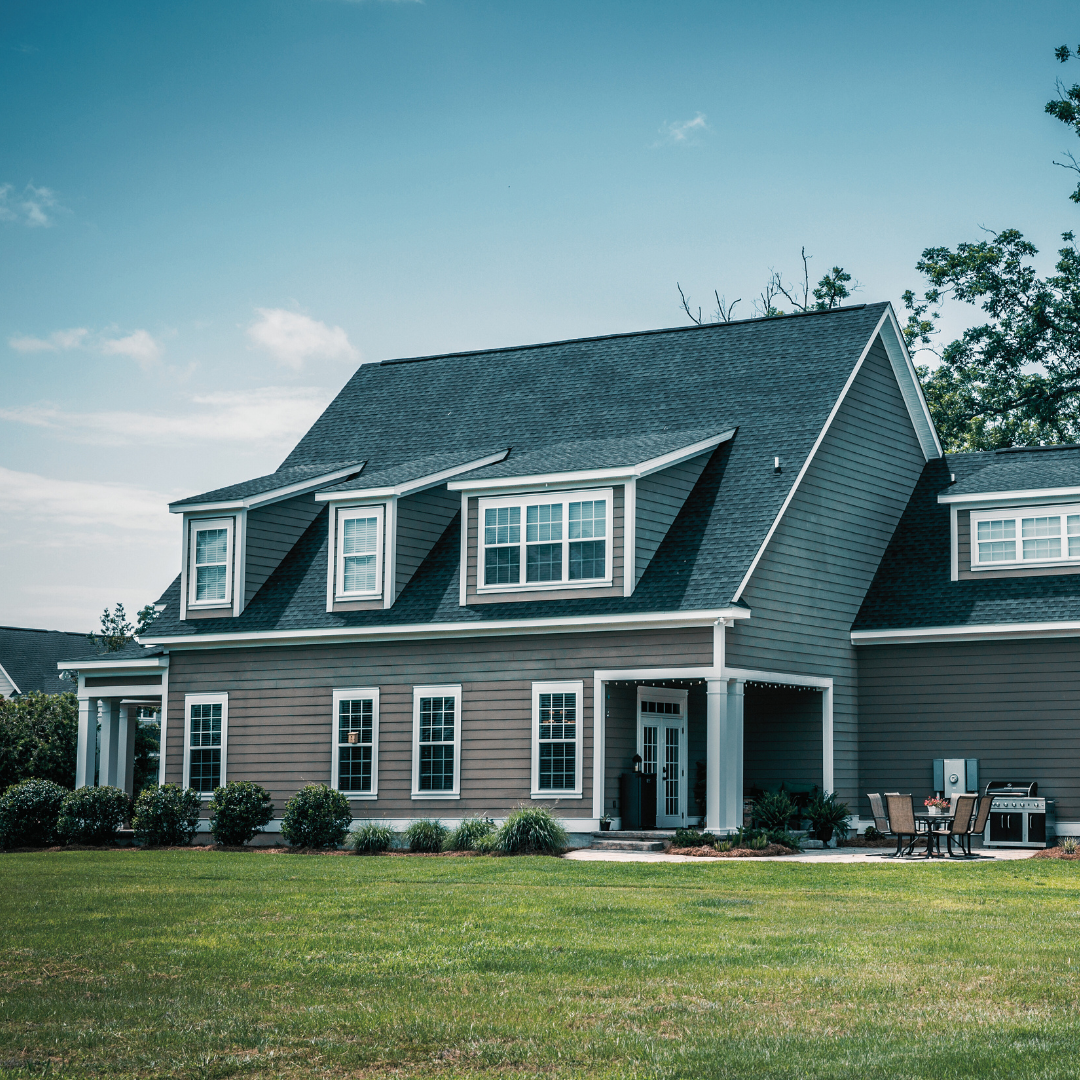Blog
Ranger Roofing Blog
Roofing Tips, Insights, and Advice
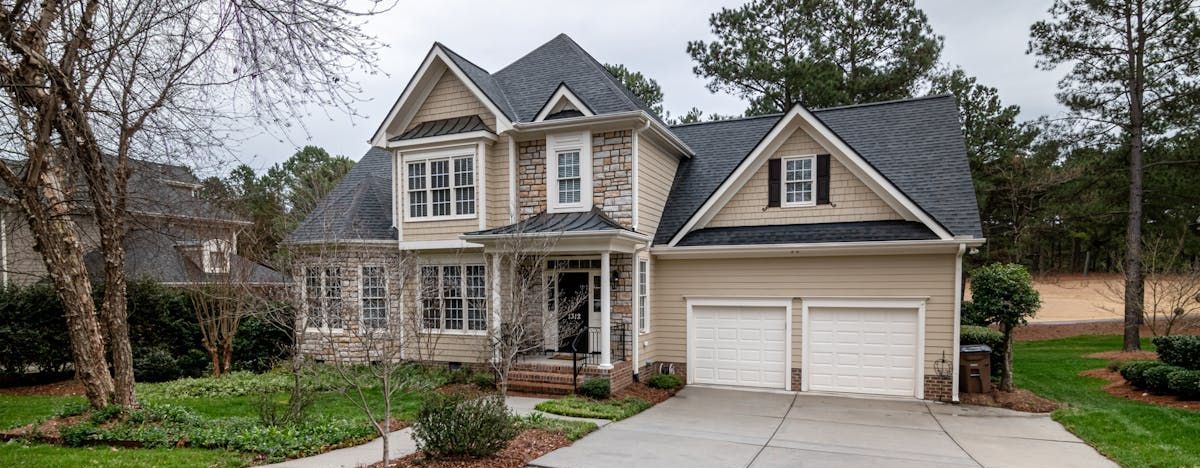
July 9, 2024
If your roof has damage and you received a less-than-ideal estimate or decision from your insurance company, it’s not necessarily a final decision. When filing a residential insurance claim for roof repair or replacement, homeowners should be ready to get a second estimate. Adjusters and contractors can sometimes disagree on the extent of damage and what is covered under the policy. Homeowners may qualify for additional coverage by working with a roofing company with impeccable expertise in navigating insurance claims, like Ranger Roofing & Exteriors experts. Our experienced contractors can identify damage that other contractors or adjusters may have missed and submit the proper documentation required to change the estimate. Our team of roofing rangers has the expertise to identify damage that other contractors or adjusters may have overlooked. They understand the intricacies of the documentation required to inform and update the estimate properly. By thoroughly inspecting the property and submitting the necessary documentation, our rangers ensure that the full extent of the damage is accurately captured and addressed. This attention to detail allows us to advocate for our clients, ensuring they receive the appropriate coverage and resources to restore their property properly. Our team's commitment to meticulous assessment and comprehensive reporting means that no damage goes unnoticed, empowering our clients to obtain the full compensation they are entitled to. With our experienced rangers on the job, you can trust that the estimate will reflect the true scope of repair work needed, setting you up for a successful restoration process. So, call us if you received a less-than-ideal estimate or outcome for your roof or exterior damage. It doesn’t hurt to get a second opinion. At Ranger Roofing & Exteriors, serving the Kansas City Northland area, our team can provide a thorough, independent assessment of roof and exterior home damage. We work directly with insurance providers to maximize the homeowner's claim and coverage. Getting a second opinion can make a significant difference in the final outcome and cost for the homeowner. — Five Types of Exterior Home Damage We Look For • Hail Damage: Hail can cause significant damage to roof shingles, siding, and other exterior components that may not be immediately visible. A trained eye is needed to identify these subtle signs of hail impact and be able to document occurrences so the adjuster has a full view of the extent of the damage. • Wind Damage: High winds can lift and tear shingles, loosen flashing, and compromise a roof's structural integrity. These issues may not be apparent without a thorough inspection. • Ventilation Issues: Improper attic ventilation can lead to premature aging of roofing materials and other problems. • Collateral Damage: Storm events can damage gutters, exterior paint and siding, downspouts, skylights, and other roof accessories that may be overlooked in the initial assessment. • Code Upgrades: When a roof is replaced, local building codes may require upgrades like roof decking or ventilation. Chimneys often require upgrades and should be completed when a new roof is installed. If you haven’t filed a claim on your roof or exterior, we highly recommend waiting until our team has inspected the damage in person. Filing a claim cannot be undone, and if we think your roof does not qualify for coverage, we can help you navigate the next steps. When working with your insurance company, it is best to err on caution and have one or two professional, knowledgeable contractors out to give you their opinions first. Doing this will make the process easier for all parties involved and can increase your chances of getting your claim approved.
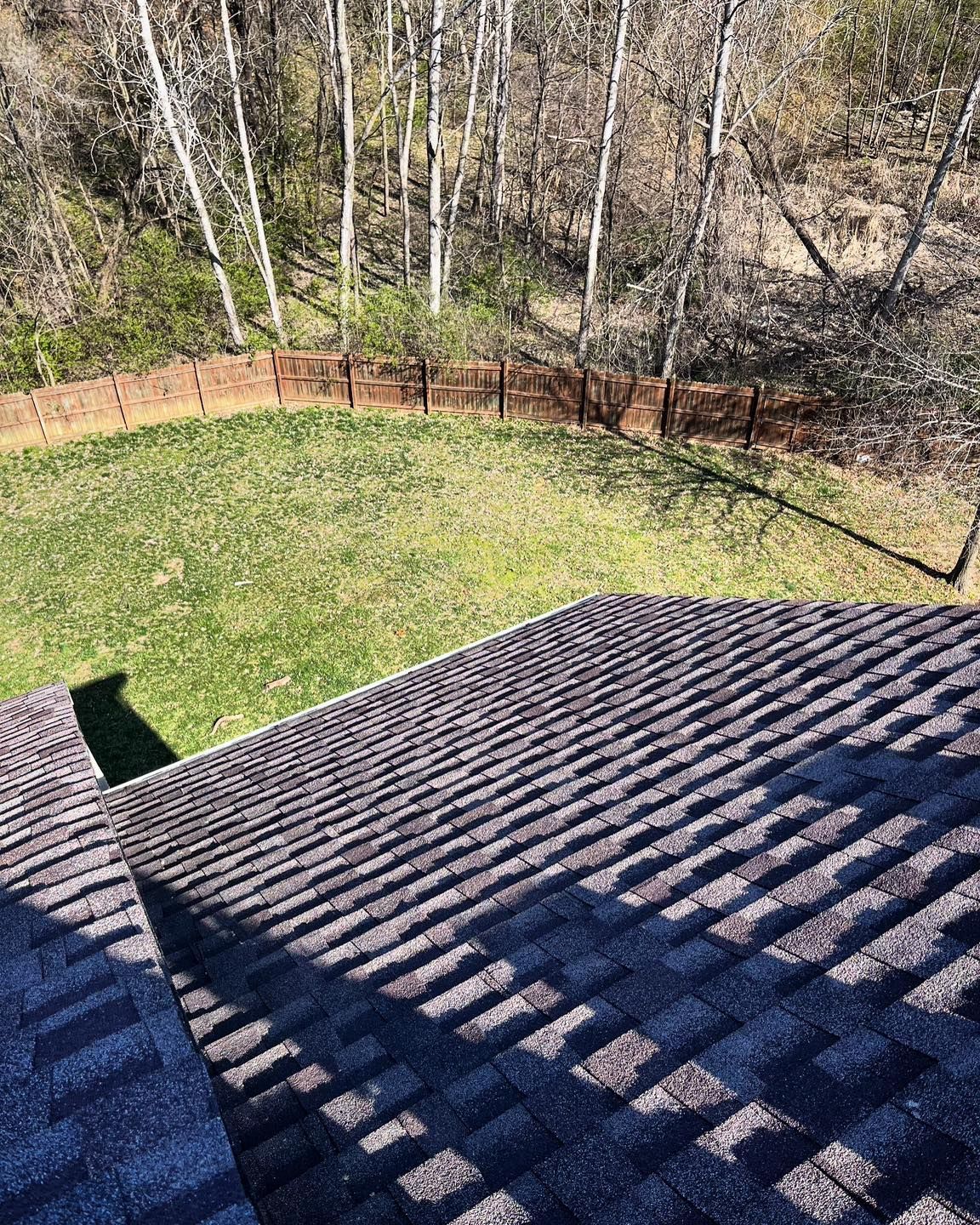
By windowcleanerguys
•
June 28, 2024
How Do I Know When To Replace My Roof? Roof replacement is often considered necessary only after a major storm or other obvious damage. However, a roof may need to be replaced for several reasons, even without visible storm damage. In Kansas City, roofs are subjected to various natural elements that can cause gradual deterioration over time. Exposure to UV rays, temperature fluctuations, and wind can all damage roofing materials like asphalt shingles. As shingles age, they may start shedding granules, become delaminated, or develop blisters—all signs that the roof is nearing the end of its lifespan. How Old Is My Roof? While you may not know the exact age of your roof, you can use some simple visual cues to determine the shape of your shingles. As shingles age, they can exhibit several tell-tale signs that the roof is approaching the end of its lifespan. One of the most common indicators is the shedding of granules from the shingle surface. These granules, which protect from UV rays and impact, gradually wear away, leaving the underlying asphalt exposed and more vulnerable to damage. You can tell if yours are aging by visually inspecting from the ground. If they appear shiny or slick, chances are that they need to be replaced. You may also find evidence of granules on the ground or in your downspout. When it comes to older shingles, remember that when the granules shed, they land in your gutters and can lead to gutter clogs. Shingle Delamination Another sign of aging shingles is delamination. This is where the layers of the shingle start to separate and peel apart. This process occurs as the shingles deteriorate over time, and it can have serious consequences for the integrity of the roof system. As the shingle layers begin to delaminate, cracks and gaps can allow water to penetrate the roof. This can lead to leaks, damaging the underlying roof structure and the home's interior. Separating shingle layers also reduces the overall strength and durability of the roof, making it more susceptible to further damage from weather, impact, and other external factors. Delamination is a clear indication that the shingles on a roof are nearing the end of their lifespan. It's important for homeowners to be aware of this issue and to inspect their roofs regularly for signs of delamination. If left unaddressed, delamination can quickly escalate into a more extensive and costly roofing problem, requiring a complete roof replacement to ensure the continued protection and integrity of the home. OUCH! Shingle Blisters The development of blisters on the shingle surface is another clear indication that the shingles are deteriorating and no longer functioning as intended. Blisters are formed when the asphalt layer within the shingle begins to lose its integrity, causing pockets of air or moisture to become trapped beneath the shingle's surface. This can happen due to various factors, such as exposure to UV radiation, temperature fluctuations, or improper installation. As the blisters grow, they can eventually lead to cracks and breaks in the shingle material, compromising the shingle's ability to provide adequate protection for the roof. This can result in leaks, water damage, and other issues that can shorten the roof's lifespan and require costly repairs or replacement. Homeowners should be aware of blisters on their shingles and address the issue promptly to prevent further deterioration and potential damage to the roof. Regular inspections and timely maintenance can help identify and address shingle issues before they become more severe, ensuring the long-term performance and integrity of the roof. Visually Inspect A Roof These visual cues are important for homeowners to recognize, as they signal the need for a roof inspection and potential replacement. Ignoring these signs can lead to more extensive and costly damage to the roof and the home's overall structure. By being proactive and addressing shingle issues promptly, homeowners can ensure the longevity and integrity of their roofs, ultimately protecting their investment and maintaining the safety and comfort of their living space. Even if your roof appears to be in decent condition, the age of the materials is an important factor. Most asphalt shingle roofs in the Kansas City area have a typical lifespan of 15-20 years. Once a roof reaches this age, it becomes more susceptible to leaks and other issues, regardless of whether a major storm has hit. Proactively replacing an aging roof before major problems arise can help homeowners avoid costly water damage and interior repairs. A roof replacement may be the best investment to protect a home's long-term value and integrity.
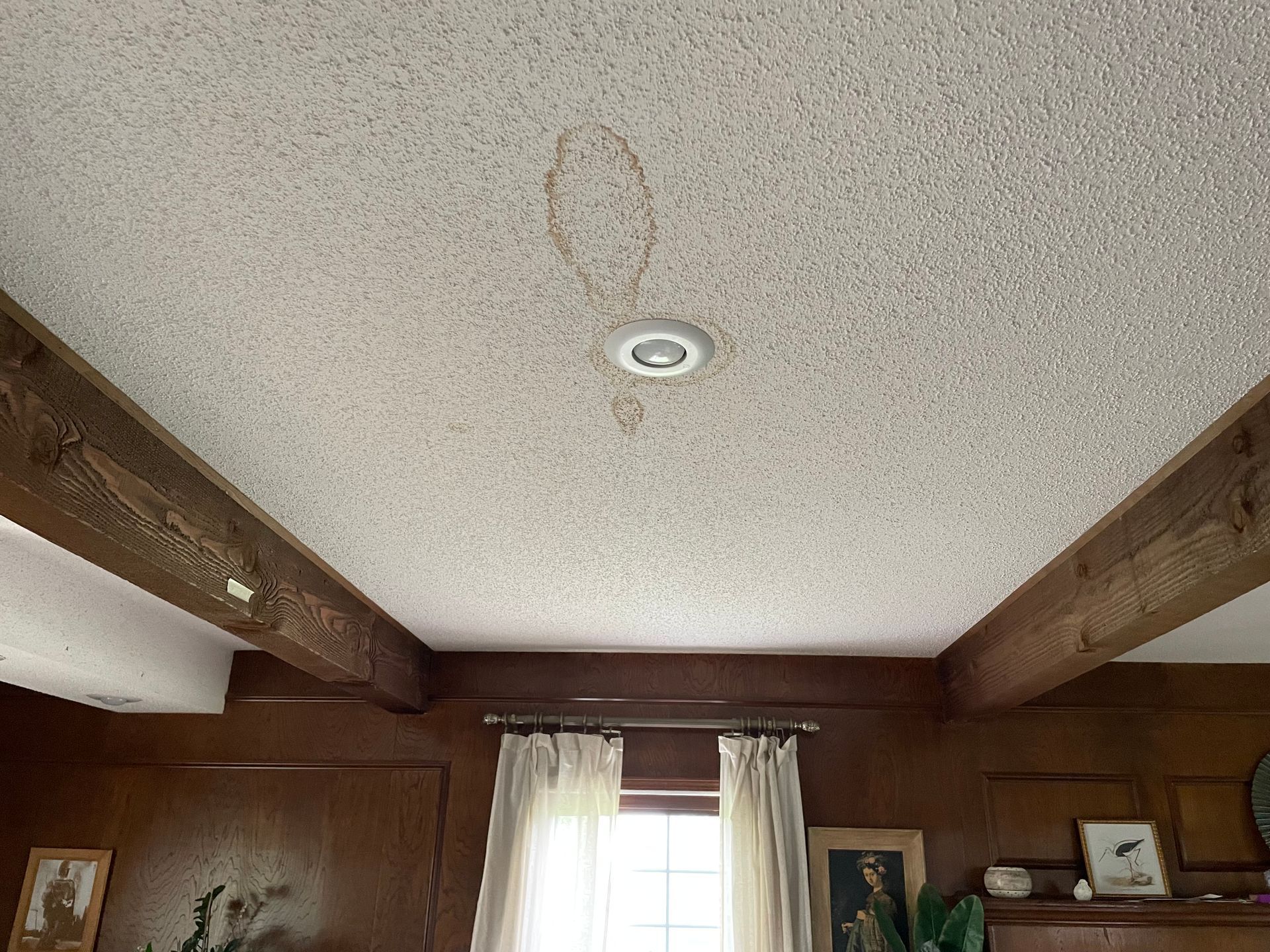
By windowcleanerguys
•
April 26, 2024
If you've noticed unsightly water spots on your ceiling, your first instinct may be to assume a roof leak is to blame. While roof leaks are a common cause, there are several other potential reasons for these water stains. Here are 6 common reasons for water spots on your ceiling.
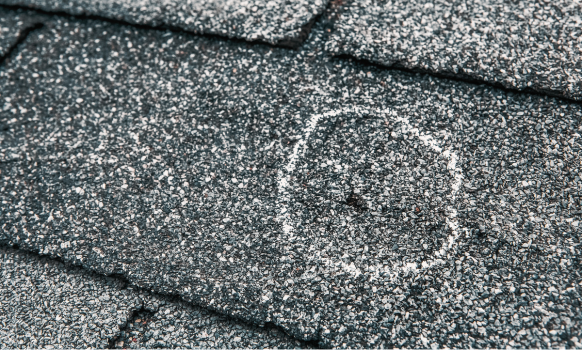
March 12, 2019
You may think that all roofers are the same, but they aren’t. And no one knows this better than insurance claims adjusters. That’s why working with a roofing company that has over 18,000 hours logged working on the inside of insurance can give homeowners a leg up on their roofing or exterior project in Kansas City. When it comes to approving a roofing or siding insurance claim we know what damage your adjuster looks for. Here are some things that adjusters are looking for when it comes to an insurance claim approval or denial:
About
Click here to view our financing options.
Contact Us For an Estimate
Fill out the form below and a member of our team will be in touch to schedule an appointment.
Get Expert Answers for Your Kansas City Roofing Needs!

July 9, 2024
If your roof has damage and you received a less-than-ideal estimate or decision from your insurance company, it’s not necessarily a final decision. When filing a residential insurance claim for roof repair or replacement, homeowners should be ready to get a second estimate. Adjusters and contractors can sometimes disagree on the extent of damage and what is covered under the policy. Homeowners may qualify for additional coverage by working with a roofing company with impeccable expertise in navigating insurance claims, like Ranger Roofing & Exteriors experts. Our experienced contractors can identify damage that other contractors or adjusters may have missed and submit the proper documentation required to change the estimate. Our team of roofing rangers has the expertise to identify damage that other contractors or adjusters may have overlooked. They understand the intricacies of the documentation required to inform and update the estimate properly. By thoroughly inspecting the property and submitting the necessary documentation, our rangers ensure that the full extent of the damage is accurately captured and addressed. This attention to detail allows us to advocate for our clients, ensuring they receive the appropriate coverage and resources to restore their property properly. Our team's commitment to meticulous assessment and comprehensive reporting means that no damage goes unnoticed, empowering our clients to obtain the full compensation they are entitled to. With our experienced rangers on the job, you can trust that the estimate will reflect the true scope of repair work needed, setting you up for a successful restoration process. So, call us if you received a less-than-ideal estimate or outcome for your roof or exterior damage. It doesn’t hurt to get a second opinion. At Ranger Roofing & Exteriors, serving the Kansas City Northland area, our team can provide a thorough, independent assessment of roof and exterior home damage. We work directly with insurance providers to maximize the homeowner's claim and coverage. Getting a second opinion can make a significant difference in the final outcome and cost for the homeowner. — Five Types of Exterior Home Damage We Look For • Hail Damage: Hail can cause significant damage to roof shingles, siding, and other exterior components that may not be immediately visible. A trained eye is needed to identify these subtle signs of hail impact and be able to document occurrences so the adjuster has a full view of the extent of the damage. • Wind Damage: High winds can lift and tear shingles, loosen flashing, and compromise a roof's structural integrity. These issues may not be apparent without a thorough inspection. • Ventilation Issues: Improper attic ventilation can lead to premature aging of roofing materials and other problems. • Collateral Damage: Storm events can damage gutters, exterior paint and siding, downspouts, skylights, and other roof accessories that may be overlooked in the initial assessment. • Code Upgrades: When a roof is replaced, local building codes may require upgrades like roof decking or ventilation. Chimneys often require upgrades and should be completed when a new roof is installed. If you haven’t filed a claim on your roof or exterior, we highly recommend waiting until our team has inspected the damage in person. Filing a claim cannot be undone, and if we think your roof does not qualify for coverage, we can help you navigate the next steps. When working with your insurance company, it is best to err on caution and have one or two professional, knowledgeable contractors out to give you their opinions first. Doing this will make the process easier for all parties involved and can increase your chances of getting your claim approved.

By windowcleanerguys
•
June 28, 2024
How Do I Know When To Replace My Roof? Roof replacement is often considered necessary only after a major storm or other obvious damage. However, a roof may need to be replaced for several reasons, even without visible storm damage. In Kansas City, roofs are subjected to various natural elements that can cause gradual deterioration over time. Exposure to UV rays, temperature fluctuations, and wind can all damage roofing materials like asphalt shingles. As shingles age, they may start shedding granules, become delaminated, or develop blisters—all signs that the roof is nearing the end of its lifespan. How Old Is My Roof? While you may not know the exact age of your roof, you can use some simple visual cues to determine the shape of your shingles. As shingles age, they can exhibit several tell-tale signs that the roof is approaching the end of its lifespan. One of the most common indicators is the shedding of granules from the shingle surface. These granules, which protect from UV rays and impact, gradually wear away, leaving the underlying asphalt exposed and more vulnerable to damage. You can tell if yours are aging by visually inspecting from the ground. If they appear shiny or slick, chances are that they need to be replaced. You may also find evidence of granules on the ground or in your downspout. When it comes to older shingles, remember that when the granules shed, they land in your gutters and can lead to gutter clogs. Shingle Delamination Another sign of aging shingles is delamination. This is where the layers of the shingle start to separate and peel apart. This process occurs as the shingles deteriorate over time, and it can have serious consequences for the integrity of the roof system. As the shingle layers begin to delaminate, cracks and gaps can allow water to penetrate the roof. This can lead to leaks, damaging the underlying roof structure and the home's interior. Separating shingle layers also reduces the overall strength and durability of the roof, making it more susceptible to further damage from weather, impact, and other external factors. Delamination is a clear indication that the shingles on a roof are nearing the end of their lifespan. It's important for homeowners to be aware of this issue and to inspect their roofs regularly for signs of delamination. If left unaddressed, delamination can quickly escalate into a more extensive and costly roofing problem, requiring a complete roof replacement to ensure the continued protection and integrity of the home. OUCH! Shingle Blisters The development of blisters on the shingle surface is another clear indication that the shingles are deteriorating and no longer functioning as intended. Blisters are formed when the asphalt layer within the shingle begins to lose its integrity, causing pockets of air or moisture to become trapped beneath the shingle's surface. This can happen due to various factors, such as exposure to UV radiation, temperature fluctuations, or improper installation. As the blisters grow, they can eventually lead to cracks and breaks in the shingle material, compromising the shingle's ability to provide adequate protection for the roof. This can result in leaks, water damage, and other issues that can shorten the roof's lifespan and require costly repairs or replacement. Homeowners should be aware of blisters on their shingles and address the issue promptly to prevent further deterioration and potential damage to the roof. Regular inspections and timely maintenance can help identify and address shingle issues before they become more severe, ensuring the long-term performance and integrity of the roof. Visually Inspect A Roof These visual cues are important for homeowners to recognize, as they signal the need for a roof inspection and potential replacement. Ignoring these signs can lead to more extensive and costly damage to the roof and the home's overall structure. By being proactive and addressing shingle issues promptly, homeowners can ensure the longevity and integrity of their roofs, ultimately protecting their investment and maintaining the safety and comfort of their living space. Even if your roof appears to be in decent condition, the age of the materials is an important factor. Most asphalt shingle roofs in the Kansas City area have a typical lifespan of 15-20 years. Once a roof reaches this age, it becomes more susceptible to leaks and other issues, regardless of whether a major storm has hit. Proactively replacing an aging roof before major problems arise can help homeowners avoid costly water damage and interior repairs. A roof replacement may be the best investment to protect a home's long-term value and integrity.

By windowcleanerguys
•
April 26, 2024
If you've noticed unsightly water spots on your ceiling, your first instinct may be to assume a roof leak is to blame. While roof leaks are a common cause, there are several other potential reasons for these water stains. Here are 6 common reasons for water spots on your ceiling.

March 12, 2019
You may think that all roofers are the same, but they aren’t. And no one knows this better than insurance claims adjusters. That’s why working with a roofing company that has over 18,000 hours logged working on the inside of insurance can give homeowners a leg up on their roofing or exterior project in Kansas City. When it comes to approving a roofing or siding insurance claim we know what damage your adjuster looks for. Here are some things that adjusters are looking for when it comes to an insurance claim approval or denial:


